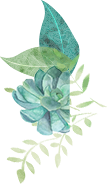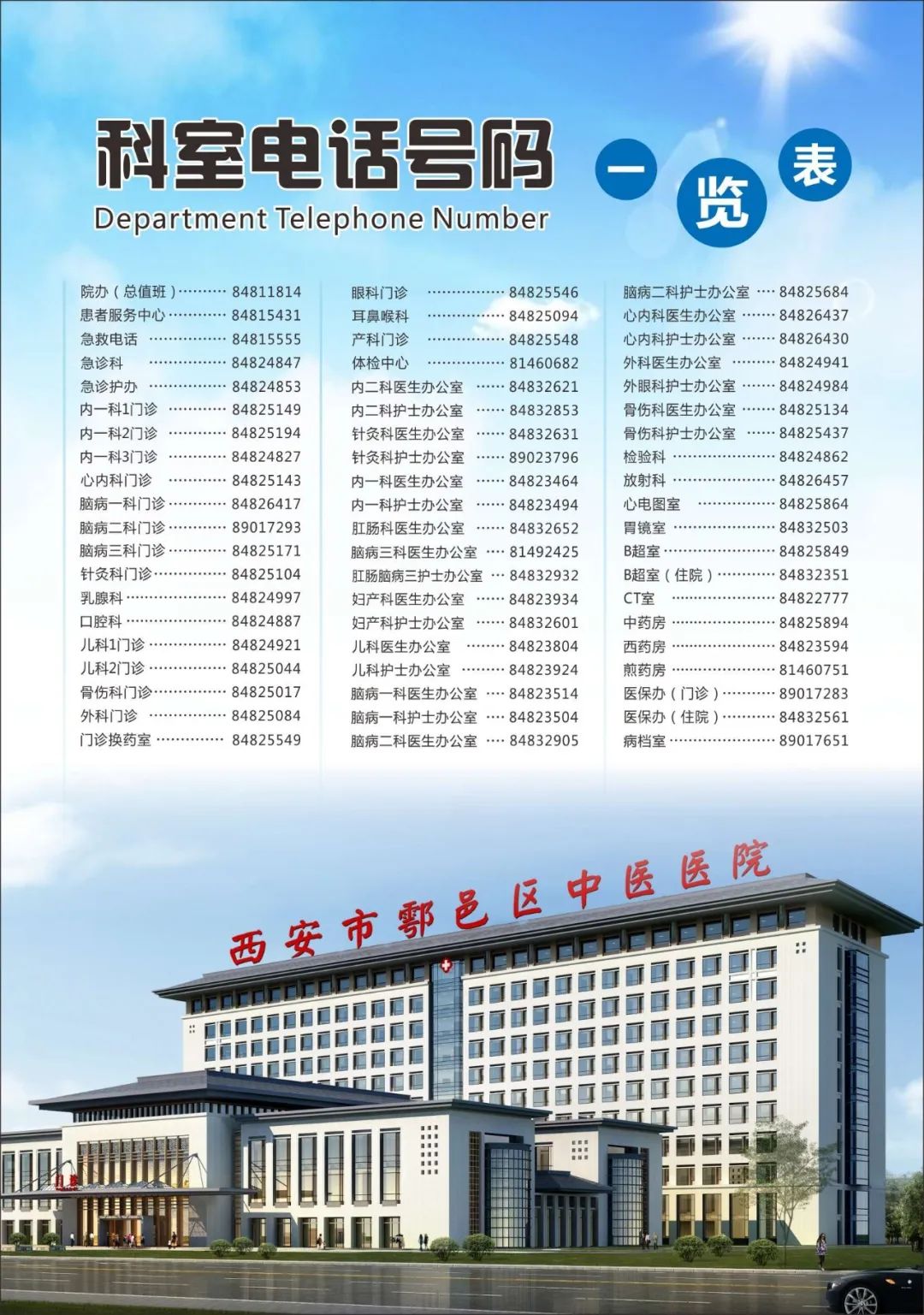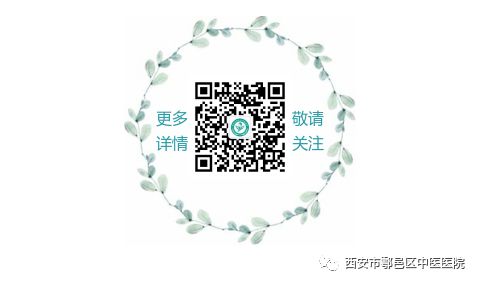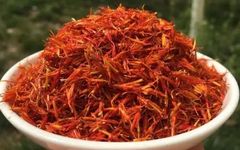Safflower (Scientific name: Carthamus tinctorius L.) is also known as Honglanhua, Cihonghua, Caohonghua, and others.

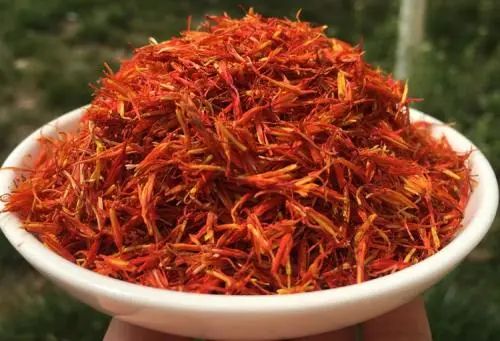

Source

The flower of the Asteraceae family plant, Safflower, is widely cultivated in Northeast China, North China, Northwest China, as well as in Shandong, Zhejiang, Guizhou, Sichuan, and Tibet. It blooms in late May, with the peak flowering period from late May to mid to late June, and is harvested in batches. It is best to harvest on sunny days, between 6-8 AM, when the tubular flowers are fully opened and golden yellow. If harvested too late, the tubular flowers wilt and turn red-black, making harvesting difficult, resulting in poor quality and low yield. After harvesting, it should be dried in the shade or dried at a low temperature of 40-60°C.

Properties and Channels

It is warm in nature, pungent in flavor, and non-toxic. It enters the Heart and Liver meridians.

Main Components

Safflower contains safflower yellow pigment and safflower glycoside. Safflower glycoside, when hydrolyzed with hydrochloric acid, yields glucose and safflower phenol. It also contains 15α, 20β-dihydroxy-Δ4-pregnene-3-one. Additionally, it contains fatty oils known as safflower oil, which are glycerides of palmitic acid, stearic acid, arachidonic acid, oleic acid, linoleic acid, and linolenic acid.
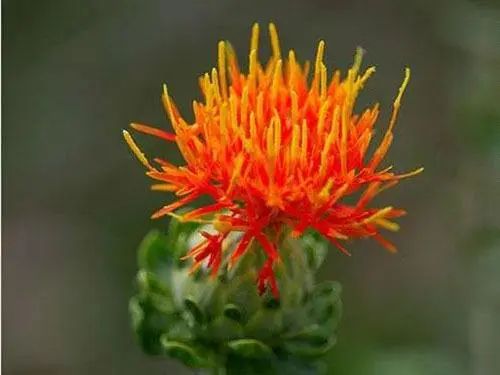

Functions and Indications

It invigorates blood circulation, regulates menstruation, removes blood stasis, and alleviates pain. It is used to treat amenorrhea, abdominal masses, difficult labor, stillbirth, postpartum lochia retention, pain from blood stasis, abscesses, and traumatic injuries.
① Tang Bencao: Treats inability to speak, blood stasis, and various postpartum diseases.② Kaibao Bencao: Addresses postpartum blood circulation issues, abdominal retention of bad blood, cramping pain, stillbirth, and can be taken with wine. It also treats toxic blood loss.③ Bencao Mengquan: For throat obstruction and choking, juice should be extracted and swallowed.④ Gangmu: Invigorates blood, moistens dryness, alleviates pain, disperses swelling, and regulates menstruation.⑤ Bencao Zheng: Treats difficult eruptions of blood heat and stagnant rashes.⑥ Bencao Zhaixin: Promotes diuresis, reduces swelling, stabilizes pregnancy, and addresses stillbirth.
Precautions

Should not be taken by pregnant women.


The Legend of Safflower

Safflower has the effect of invigorating blood and resolving stasis. In the Song Dynasty, Gu Wenjian’s Chuan Chuang Ye Hua and Qiu Yuan’s Bai Shi recorded a remarkable event: the famous physician Lu Yan from Fenghua, Zhejiang, was renowned for his medical skills. A woman named Xu from Xinchang, after giving birth, fainted and traveled nearly two hundred miles to seek Lu Yan. Upon arrival, Lu found the woman unconscious, with only her chest still warm. He said, “Quickly buy several tens of pounds of safflower; the person can be saved.” After the safflower was purchased, a large pot was used to boil the medicine, and the broth was heated. The woman was placed over a bucket filled with the medicinal liquid to be steamed, and more broth was added as it cooled. Soon, the woman’s hand moved slightly, and after a while, she regained consciousness.
Safflower stimulates the heart, lowers blood pressure and cholesterol, promotes contraction of bronchial smooth muscle, and stimulates uterine contractions. The dosage is 3-9 grams; excessive amounts can lead to uncontrolled bleeding. Safflower is a gynecological blood remedy, as noted by Zhang Zhongjing in Jin Kui Yao Lue: “For women suffering from sixty-two types of wind and abdominal blood stasis pain, safflower wine is the remedy.”

